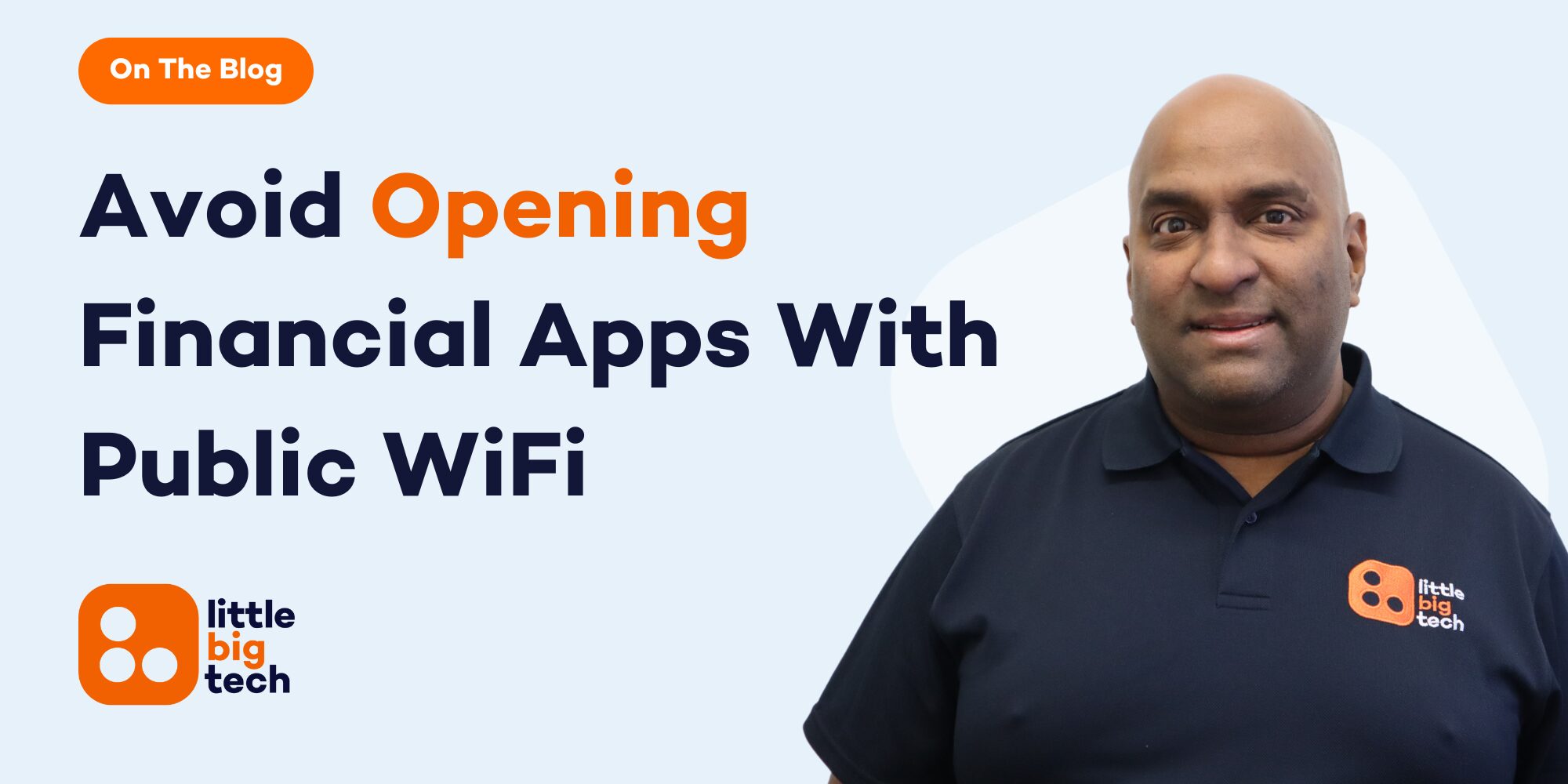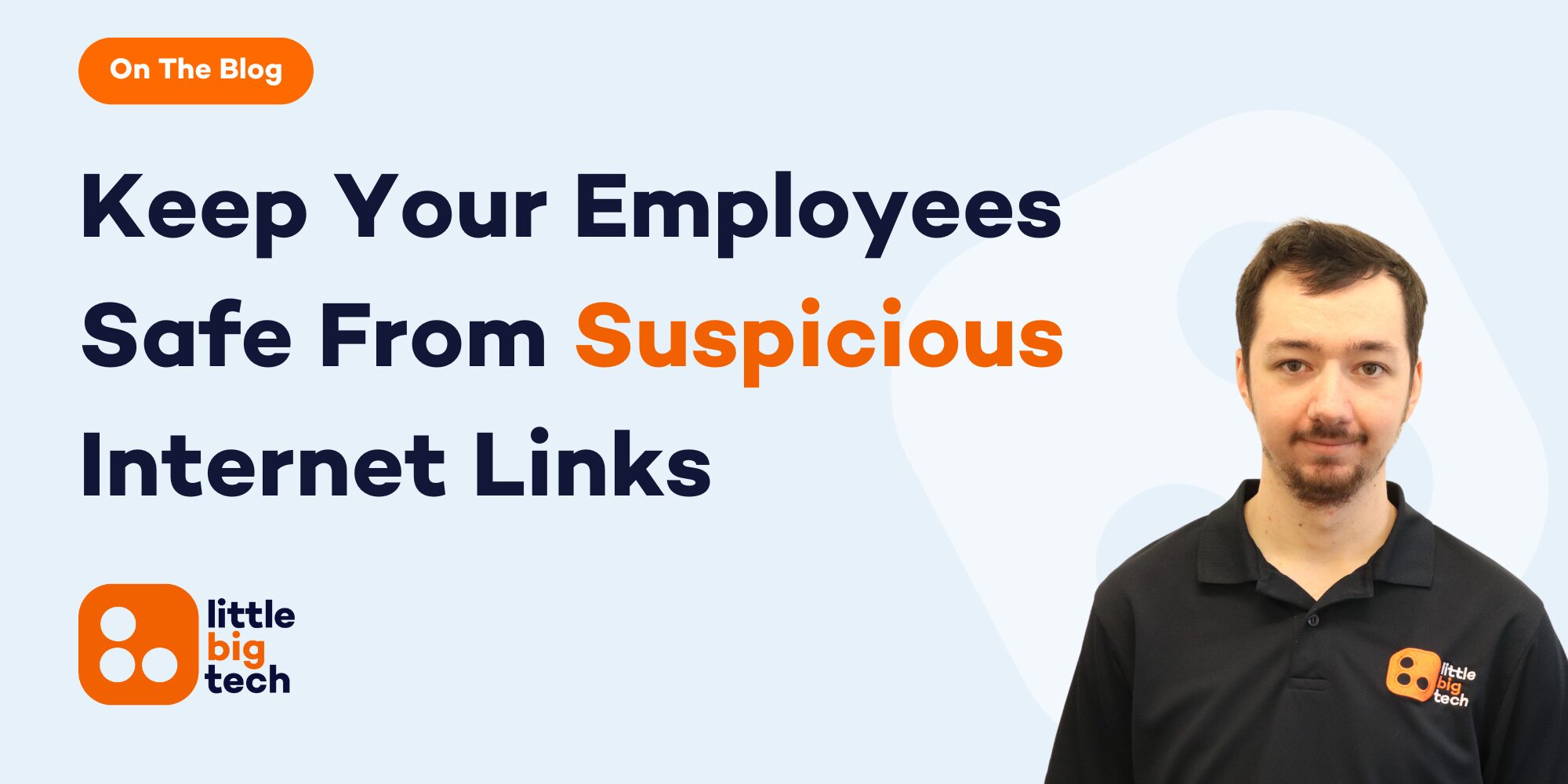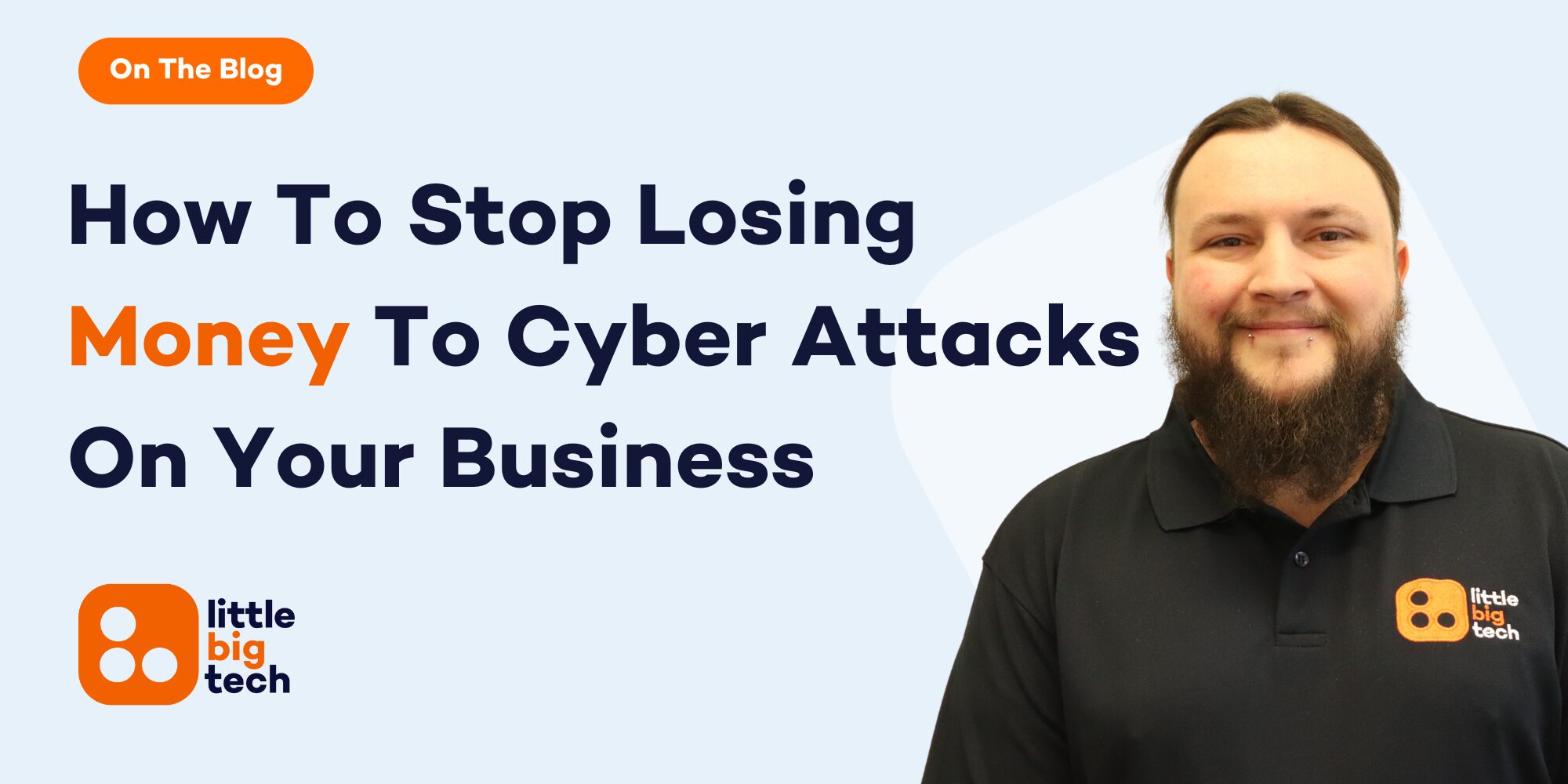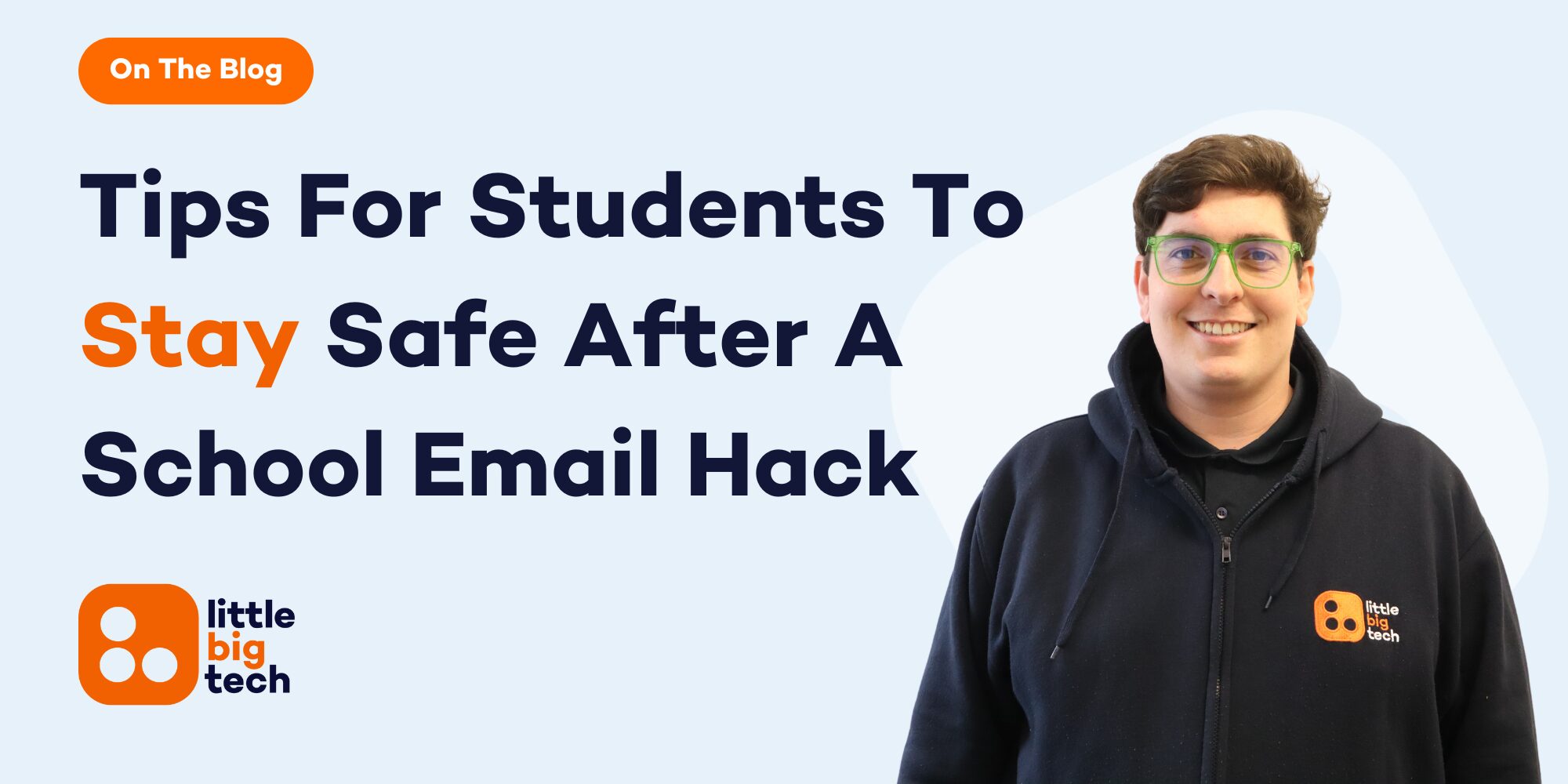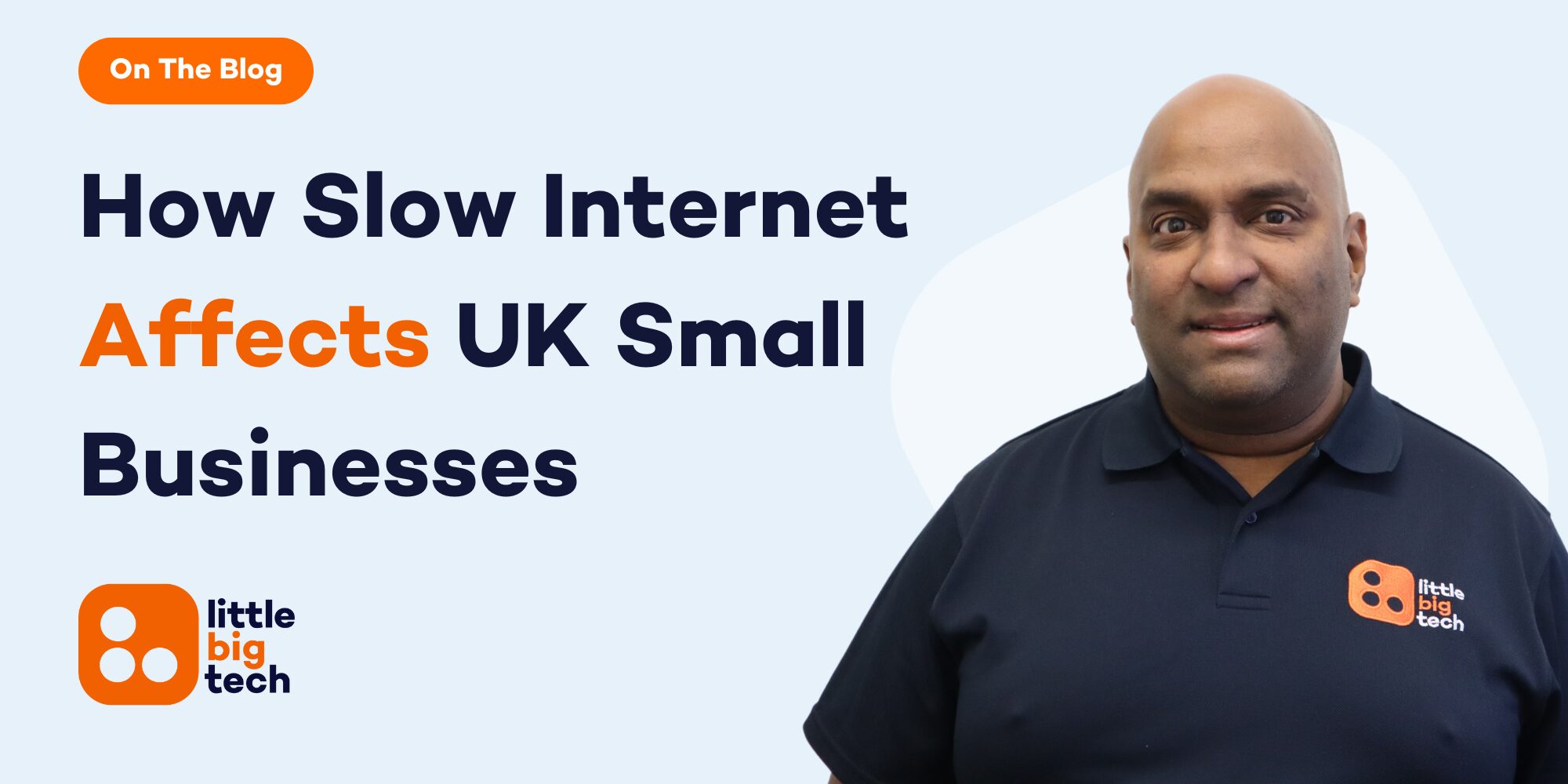Using public WiFi for banking apps might seem convenient, but it’s one of the biggest risks to your personal and financial safety. From unsecured networks to fake hotspots, hackers are constantly looking for ways to intercept your information. If you’ve ever searched “Is it safe to use banking apps on public WiFi?” the short answer is no.
Public WiFi is often unencrypted. That means anything you do online — including checking your bank balance, transferring funds, or entering passwords — can be visible to cybercriminals. Once they gain access, they can steal your money, lock you out of your accounts, or worse.
You might not even realise it’s happening. Hackers use techniques like man-in-the-middle attacks or rogue WiFi access points. These tricks let them sit quietly between you and your bank, watching everything you type or view. This includes login details, card numbers, and personal data.
In this article, we’ll walk you through the real dangers of using public WiFi for banking apps, the signs your device may have been compromised, and what to do about it. We’ll also explain how to stay protected in public spaces without giving up your digital freedom.
If you value your privacy, your bank account, and your peace of mind, keep reading. The steps are simple, but the cost of ignoring them could be serious.
How Hackers Exploit Public WiFi To Steal Banking App Data
Public WiFi is a hotspot for cybercriminals. If you’re using banking apps on these networks, here’s how hackers take advantage:
1. Man-in-the-middle attacks (MITM)
Hackers insert themselves between your device and the internet, secretly intercepting everything you send. You might think you’re logging into your bank, but the hacker is quietly watching or even altering the information in transit.
2. Rogue WiFi networks (Fake hotspots)
Cybercriminals set up WiFi names like “Free Café WiFi” to trick users into connecting. Once you’re on their network, they can monitor every action — including the moment you open your banking app or enter your PIN.
3. Packet sniffing
Some hackers use software to monitor data being sent over public networks. If your banking app lacks strong encryption, sensitive data like account numbers and passwords can be picked up easily.
4. Reused or stored credentials
If your phone stores banking details locally and a hacker gains access once, they may be able to return without you noticing. Stored logins and saved banking data are an easy target.
5. Outdated or unsecure apps
Using older versions of banking apps on public WiFi makes things even worse. Without the latest security patches, hackers can find loopholes and exploit them quickly.
6. No user warning signs
Unlike phishing emails or scam calls, these attacks don’t always leave clues. Victims often continue banking on public WiFi without knowing anything is wrong — until their money disappears.
Using public WiFi for banking may feel convenient, but it’s wide open to these real and dangerous methods. Once you understand how simple it is for hackers to steal your data, it becomes clear: banking on public WiFi is never worth the risk.
Why Using Public WiFi For Banking Apps Is A Risk Not Worth Taking
Many people don’t realise just how risky it is to use banking apps on public WiFi until it’s too late. Public networks are not built with your security in mind. They’re made for ease of access, not safety. That means anyone nearby can get on the same network — including cybercriminals.
Here’s why it’s simply not worth the risk:
1. No password protection on most public WiFi
When you’re at a café, airport or hotel, the WiFi is usually open or shared with dozens of strangers. These open networks are like a public road — anyone can drive on them, including those with harmful intentions.
2. Encryption is not guaranteed
Even if a network looks secure, it doesn’t mean your data is protected. Many public WiFi networks don’t use strong encryption. That means your banking session could be exposed to others watching the same network traffic.
3. Banking apps are high-value targets
Hackers know people often check their accounts quickly while waiting for coffee or travelling. That’s exactly when they strike. Banking apps hold personal and financial data that criminals can use immediately.
4. You won’t notice the breach
Public WiFi attacks don’t always leave traces. There’s no loud alarm or warning. You could open your banking app, transfer money or check your balance, and never realise someone else is watching.
5. Financial loss is just the start
Once your banking app is compromised, the problems don’t stop at stolen money. Your details could be used for identity theft, credit fraud or even blackmail, depending on the data accessed.
6. Device compromise is common
Some hackers use public WiFi attacks to install spyware or keyloggers on your phone. That means even when you switch back to your home network, they still have access.
You may feel safe in public spaces, but the network you’re connected to isn’t safe at all. The tiny convenience of using banking apps on public WiFi is never worth the massive personal and financial damage it can cause.
How Hackers Intercept Banking App Data On Public WiFi
It’s important to understand how cybercriminals actually steal your banking information when you connect to public WiFi. Their methods might seem technical, but the core idea is simple — they’re watching your data as it moves through the network. Below are the most common ways they intercept sensitive details like card numbers, login credentials, and transaction history.
1. Man-in-the-Middle (MitM) attacks
This is the most used tactic. When you open a banking app on a public network, your phone sends data to your bank. A hacker can secretly place themselves between your device and the bank server. You think you’re talking directly to the bank, but the criminal is quietly reading everything.
2. Packet sniffing tools
Hackers use special software that “listens” to data sent over public WiFi. These tools can capture packets of data that include login details, account numbers and even passwords — especially if the app or site isn’t fully encrypted.
3. Fake hotspots
A classic trap. Let’s say you’re at a coffee shop. You see two networks: “CoffeeShop_WiFi” and “CoffeeShop_Guest.” But one of them isn’t real — it’s a decoy set up by a hacker. You join thinking it’s safe, but now you’re handing over your bank info directly to them.
4. Insecure apps and outdated devices
Even if the network is somewhat protected, using an old version of your banking app or an outdated phone puts you at risk. Hackers look for known weaknesses in software to get through security barriers.
5. SSL stripping
Some criminals are skilled enough to downgrade your secure HTTPS banking connection into a non-secure one, without you noticing. Once that’s done, they can read what should have been protected.
6. Malware distribution through WiFi
Once on the same public network as you, hackers can sometimes push malware or pop-up messages to trick you into installing harmful software. That malware then monitors your actions — including opening your banking app.
Knowing how these attacks happen is the first step to preventing them. Hackers rely on users being unaware. But once you’re informed, you can take smart action and avoid being an easy target.
The Dangers Of Using Public WiFi With Work Devices
Using public WiFi for banking apps is already risky. But when you use a work laptop or phone on these networks, the stakes are even higher. You’re no longer risking just personal data — you’re putting your entire workplace at risk.
Here’s why this matters more than most people realise:
1. You could expose sensitive company data
Many people access emails, project files, cloud drives, or client systems while working remotely. When you do this over public WiFi, hackers can intercept the same way they do with banking apps. Except now, instead of just your login, they could see customer records, sales reports or even confidential business plans.
2. Remote workers are easy targets
Cybercriminals know that more people now work from cafés, airports and hotels. That makes public networks a goldmine. All they need is one person using a shared network to unknowingly leak something valuable — and suddenly the whole company’s at risk.
3. GDPR and legal consequences
If your device holds personal data (like names, addresses or payment info) and it gets breached through insecure WiFi, your company could face fines under GDPR. That applies even if the breach happened outside office hours.
4. Work devices often connect to company systems
Most laptops and phones are set to automatically log in to things like Google Workspace, Microsoft 365 or private networks. A hacker who gains access via public WiFi could use your session to gain further entry — without ever needing your password.
5. Risk of malware spreading internally
Once infected, your device can act like a bridge. Malware downloaded on a public network can sit quietly until you reconnect to your office network. Then it spreads — infecting servers, shared folders or backup systems.
6. Your IT team might not know
Because this happens outside work premises, many businesses don’t even know something’s gone wrong until it’s too late. By the time your IT team spots the breach, the damage is already done.
That’s why even occasional public WiFi use with work devices should be avoided unless strong protection is in place.
You can reduce the risk with expert security measures, including help from professionals. If you’re unsure what security your team has, it’s worth reviewing it now.
Stay Safe: Public WiFi And Banking Should Never Mix
We know how tempting it is to quickly check your bank balance or approve a payment while out and about. But now you understand the dangers of using public WiFi for banking apps, you can see how risky that quick check can actually be. One weak moment on an untrusted network can expose more than just your login — it can open the door to identity theft, drained accounts, and damage that takes months to undo.
That’s why we help individuals, professionals, and businesses stay protected with smarter IT setups that make these threats a non-issue. Whether you’re using a laptop, phone, or tablet, we can put the right security tools in place, from banking-safe configurations to VPN setups, device monitoring, and 24/7 protection.
If you’ve already been a victim, or you suspect something’s not right after using public WiFi, don’t ignore the signs. We’re here to check it, fix it, and lock it down fast.
No jargon. No delays. Just proper support, handled by real people.

